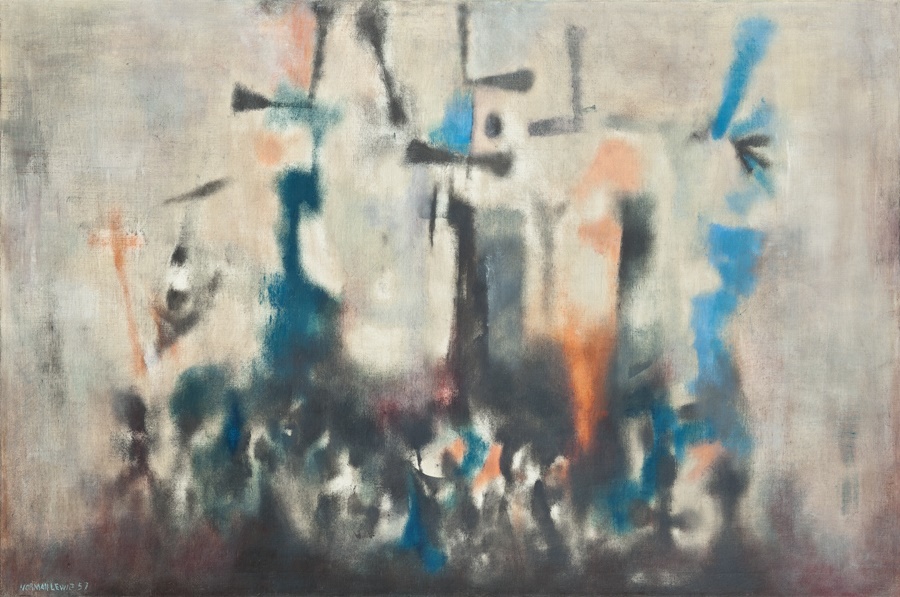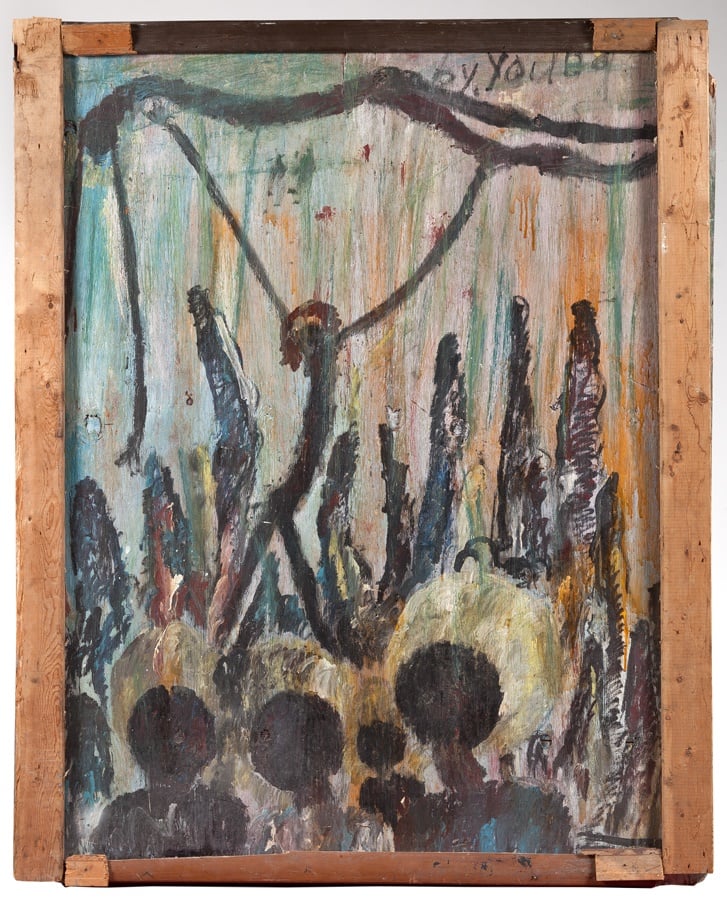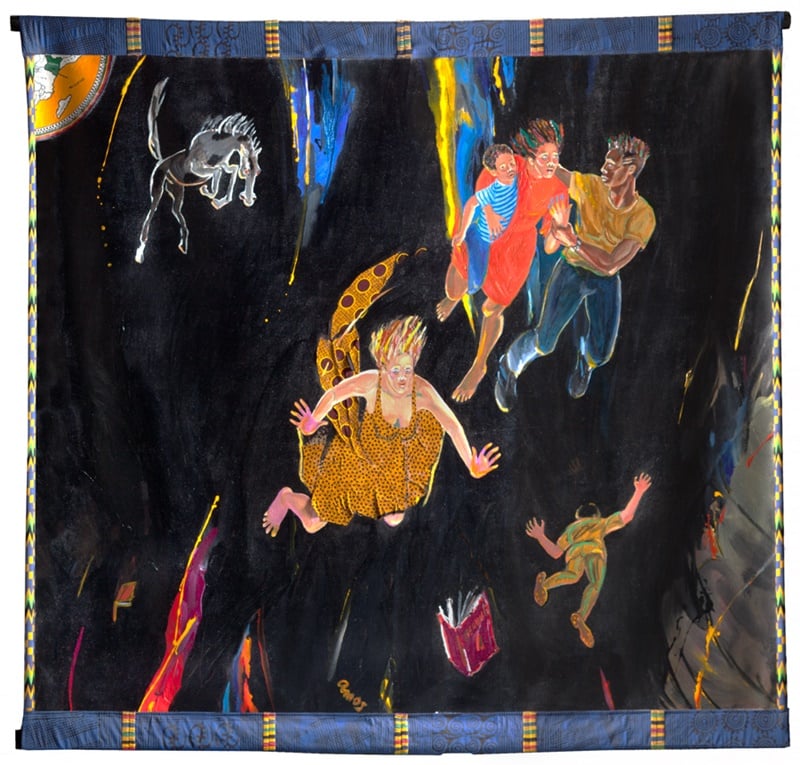Art & Exhibitions
Newark Museum Highlights African-American Expression, From Romare Bearden to Mickalene Thomas
The show includes a Norman Lewis canvas unseen in nearly 60 years.

The show includes a Norman Lewis canvas unseen in nearly 60 years.

Brian Boucher

An exhibition opening today at the Newark Museum highlights the institution’s holdings of African-American artists, with a spotlight on self-taught practitioners, who make up half the show’s roster. Though it contains just a few dozen works, “Modern Heroics: 75 Years of African-American Expressionism at the Newark Museum” reaches as far back as Minnie Evans, born in 1892, and up to Shoshanna Weinberger, born in 1973.
“The exhibition looks partly at the notion of the artist as a hero and at the persistence of painterly painting and heroic subject matter beyond Abstract Expressionism,” the show’s curator, Tricia Laughlin Bloom, told artnet News by phone. While most of the works come from the museum’s own holdings, several are on loan.
The show taps into the museum’s long history of collecting and showing both self-taught artists and African-American artists, Bloom pointed out. A work by Henry Ossawa Tanner (not in this show) came into the collection as early as 1929, and curator Holger Cahill began showing folk art in the 1930s, making the Newark Museum among the first American museums to show this material.

Norman Lewis, Carnival, 1957. Photo courtesy Newark Museum.
For Bloom, one of the show’s most exciting works is Carnival (1957), a canvas by Norman Lewis that came to the museum as a gift in 2004 and hasn’t been on public view in nearly six decades. Showing a procession or street festival from a high vantage point, the canvas is thought to depict the Italian festival of Carnivale, a pre-Lent festival in Italy, where Lewis traveled the year he painted the work, according to the exhibition catalogue.

Purvis Young, Untitled, ca. 1988. Photo courtesy Newark Museum.
A Purvis Young painting, showing a central figure holding aloft what appears to be a body, might be a deposition or lamentation scene, says Bloom. The work’s distinctive wooden frame is made from scraps of found wood; Young, a self-taught artist, often worked with materials he found in the street in the African-American neighborhood of downtown Miami, where he lived, and whose denizens he often depicted in scenes drawn from Renaissance and Baroque compositions.

Emma Amos, The Heavens Rain, 1990. Photo courtesy Newark Museum.
While artists like Dial and Evans will be more familiar to devotees of folk and outsider art, artists such as Emma Amos and Claude Lawrence may be surprises even to that crowd. Amos’s seven-foot-wide painting The Heavens Rain (1990) presents an apocalyptic scenario, with people, books, and even a horse plummeting down from a black sky in what Bloom calls a “startling” work.
“Modern Heroics: 75 Years of African-American Expressionism at the Newark Museum” is on view through January 8, 2017.